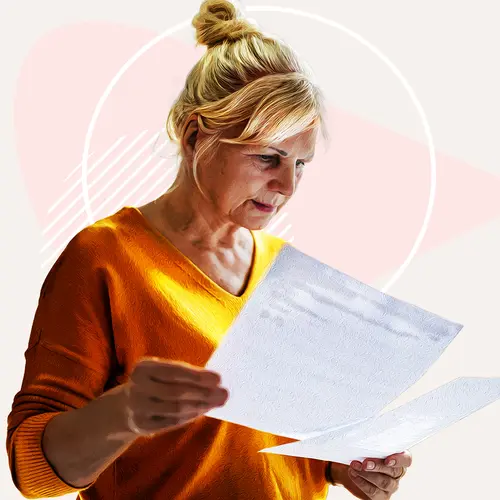You can get rheumatoid arthritis (RA) at any age, but it’s most likely to show up between ages 30 and 50. When it starts between ages 60 and 65, it’s called elderly-onset RA or late-onset RA.
Elderly-onset RA is different from RA that starts in earlier years. It also comes with a separate set of treatment challenges.
Even though RA gets more common as you get older, people who get RA later in life only make up about one-third of all people with the disease.
Elderly-Onset vs. Early-Onset
There are some key differences between elderly-onset RA and early-onset RA, which happens in young and middle-age adults.
Women and men get elderly-onset RA at nearly the same rate. Among younger people, women are more likely to have RA.
Symptoms come on quickly in elderly-onset RA. You may hear this called acute onset. If you get RA when you’re younger, symptoms tend to show up over time.
Elderly-onset RA usually strikes large joints, like shoulders. With younger people, the disease mostly starts in small joints, like your fingers and toes.
Rheumatoid factor (RF) is less common in elderly-onset RA. Rheumatoid factor is a protein. If your blood tests show you have it, those proteins may attack healthy tissues. Around 80% of people with early-onset RA have RF.
Overall, elderly-onset RA takes less of a toll. It tends to be less severe. The exception is if you have RF. Your RA will probably be more aggressive RA than someone who doesn't have RF.
Symptoms
You’ll notice more than just joint pain. Look out for:
- Fever
- Muscle pain (myalgia)
- Weight loss
- Anemia
Your tab tests may show:
- Elevated CRP (C-reactive protein)
- Elevated ESR (erythrocyte sedimentation rate)
Diagnosis
It can be hard to spot this condition. Your doctor has to figure out if it’s really late-onset or if you’ve had the disease for years.
Elderly-onset RA also has symptoms that overlap with other diseases, like:
- Polymyalgia rheumatica (PMR)
- Late-onset psoriatic arthritis
- Crystal arthritis
- Viral arthritis
- Osteoarthritis
- Rotator cuff tendinitis
- Hypothyroidism
- Parkinson’s disease
It may be hardest to tell elderly-onset RA from PMR, which has similar aches and test results (like elevated CRP and ESR levels).
Drug Treatments and Challenges
Your treatment goal is remission, the lowest possible level of disease activity. This can prevent joint damage and can keep your joints working like they should.
Your doctor will probably give you the same drugs used to treat early-onset RA. These include:
- Disease-modifying antirheumatic drugs (DMARDs)
- Biologic drugs
- Nonsteroidal anti-inflammatory drugs (NSAIDs)
- Corticosteroids
You might have more challenges with your medication, especially if you take drugs for other health conditions. This boosts your chances of a bad reaction to the medicine.
You may also have a harder time with drug side effects. NSAIDs increase your chances of heart, brain, gut, and kidney problems. Corticosteroids up the odds of glaucoma, osteoporosis, and other health problems.
Keep Joints Active
Elderly-onset RA may not be the only cause of your joint pain. You could also have osteoarthritis. Even if you take RA drugs, they may not do enough to reduce your pain and keep your joints working.
Gentle exercise can help, even if you’ve never done it before or can’t get around much. Ask your doctor about:
- Physical therapy
- Exercise programs
- Aquatherapy
- Balance exercises

